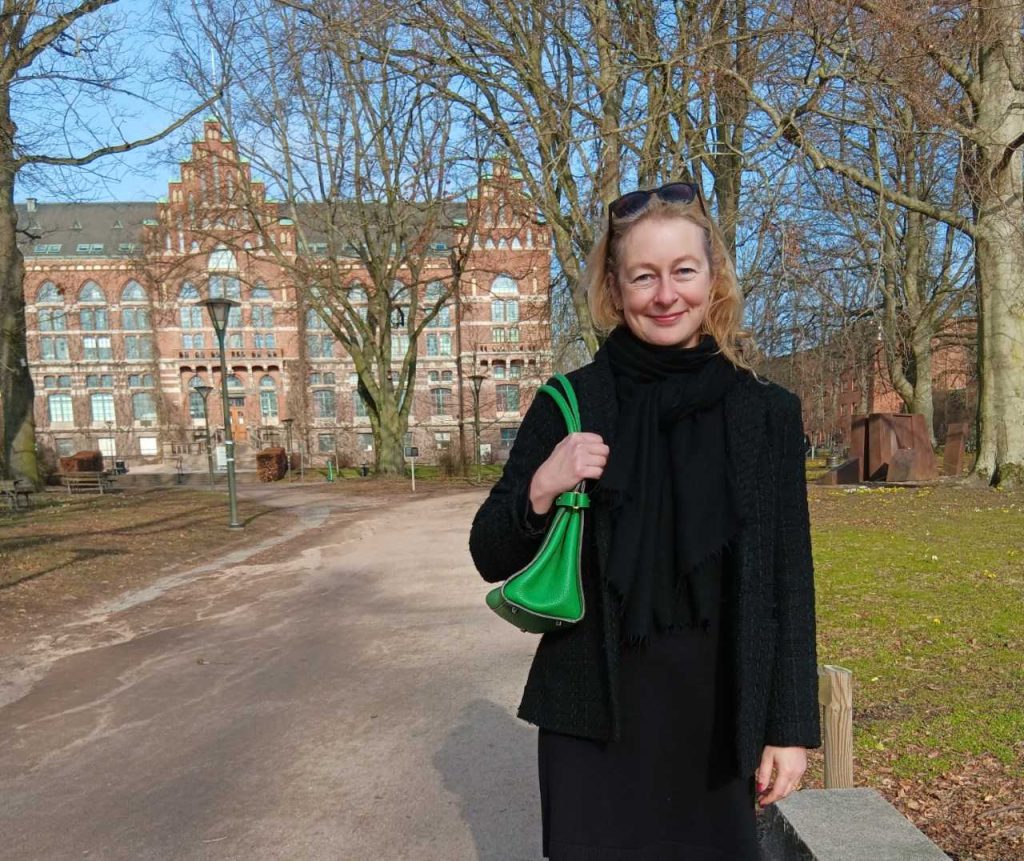The month of February is often rather dreary here in Lund. What a treat then to be able to welcome Linda Hamrin Nesby here during her Erasmus-week – and she brought blue sky as well. We asked her to write a guest blog post on her experiences here. Enjoy!

I came to Lund from Norway as part of an Erasmus staff training exchange late February. The intent of the visit was twofold, namely, to get a grasp of the interdisciplinary activities at the center both due to leadership, research, and education. But also, more specific to talk to contributors at BRCMH about their experiences at interdisciplinary supervision of PhD-student – a subject of special interest to me as I am about to write a book about PhD-supervision.
Jonathan Widstrand and Johan Mårtensson very generously shared experiences from their own PhD-experiences, and Johan also talked about how to supervise students on his own – having a different background than himself. Being in an interdisciplinary environment the connection between researchers from different disciplines were often taken for granted. Yet being curious and openminded and truly caring about the candidates were a premise for the success: “They are the oldest of my children, but somehow also the last” – as Johan so aptly quoted one of his colleges at Max Planck.
I had wonderful thought-provoking conversations with both Jonatan, Johan, Martin Garwicz and Katarina. However, the thing that perhaps made the strongest impression on me was the Katarina’s class with a group of medical students. They had just had their first autopsy. Together with Katarina, an amanuensis, and a senior doctor they were now reading three short poems about the subject. One of the poems (by physician-poet John Stone) went like this:
In the chest
in the heart
was the vessel
was the pulse
was the art
was the love
was the clot
small and slow
and the scar
that could not know
the rest of you
was very nearly perfect.
Seeing the eight young students sitting around an oval table, leaning over the sheet of paper with the poems, made me think how they might have leaned over the body at another table some days before. I was struck with the respect, curiosity, and interpretative skills they laid bare when they first talked about the autopsy with the amanuensis – and how the same qualities were present when reading the poems. The shared reading that Katarina did with the young students that afternoon in a seminar room at Forum Medicum illustrated to me the potential of interdisciplinary education. I am thankful for being invited in to see what medical humanities is and what can happen when medicine and literature meet and adds something to one another.
Linda Hamrin Nesby,
UiT the Arctic University of Norway, Tromsᴓ
